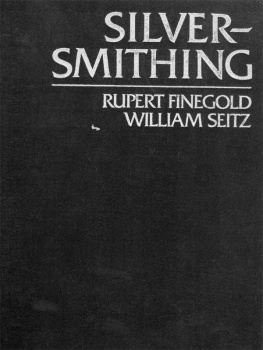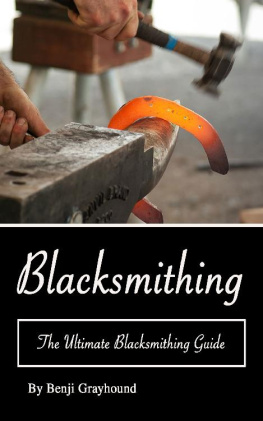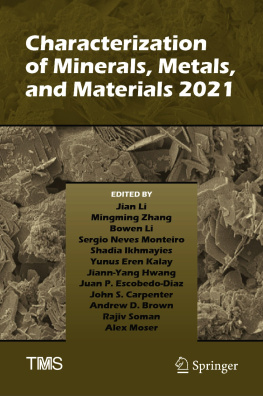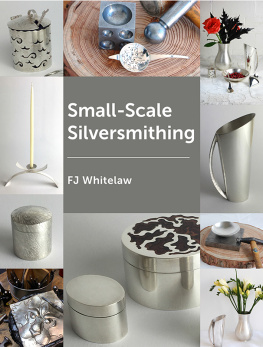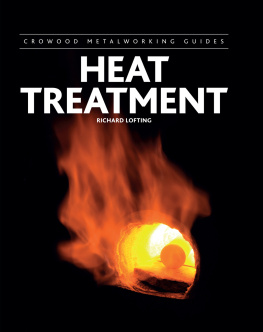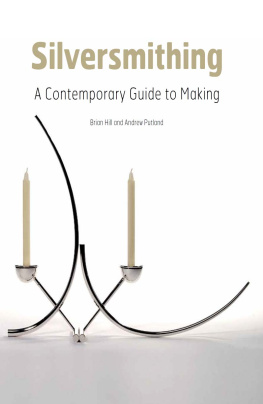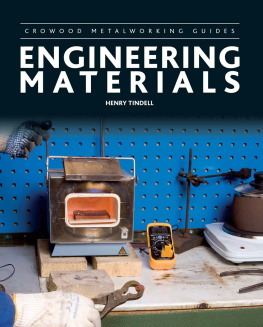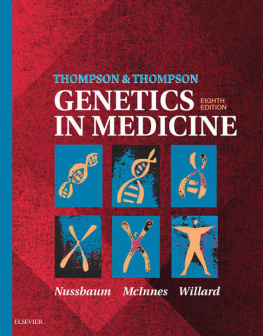SILVERSMITHING

RUPERT FINEGOLD
WILLIAM SEITZ
A Frank E. Taylor Book

700 E. State Street Iola. WI 54990-0001
Telephone: 715/445-2214
To the memory of Laura Seitz.
W.S.
To my mother Rena, my father Julius,
my wife Diana, and my children
Jason, Amanda and Emily, with love and respect.
R.F.
Copyright 1983 by Rupert Finegold and William Seitz
All Rights Reserved
Published in Iola, Wisconsin, 54990 by Krause Publications
Designed by Jean Callan King/Visuality
A Frank E. Taylor Book
Manufactured in the United States of America
Library of Congress Cataloging in Publication Data
Finegold, Rupert, ________
Silversmithing.
1. Silverwork. I. Seitz, William, _______.
II. Title.
TS730.F49 1983 739.2'3 82-70657
ISBN 0-8019-7232-9
CONTENTS

FOREWORD

Is there anyone who has not heard of the famous recipe for elephant stew? It begins: Catch one elephant And now you ask, What have elephants to do with silversmithing? Nothing, of course, but isn't it frustrating to be given a recipe with the most essential piece of information tantalizingly missing. How does one catch an elephant?
To explain my use of that analogy, I must dig into my memories of the years I spent studying with Hans Christensen. During the same period I was also fortunate to have the opportunity to work with Bill Seitz at the Craft Students League. I discovered that, while it was possible to learn quite a bit about making jewelry using only books as guides, it was not easy to do the same with holloware. The few silversmithing books available simply did not address the task of delivering specific information that would permit the learner to actually make a variety of pieces of moderate complexity.
Watching Christensen and Seitz teach, I saw that they were focusing on the details and subtleties of certain operations that the available books tended to cover superficially. Using a hammer is one example. We were not only told how to select the right hammer, but how to hold it, where to aim each blow, how hard to strike, what sounds to listen for, and so forth. True, some operations in silversmithing demand about as much dexterity and knowledge as it takes to place a tone-arm on a record, but many more demand the finesse involved in bowing a violin. It seemed to me that anyone who could convert into words and pictures the many delicate maneuvers that it takes to make holloware would finally create the book that comes to grip with the how to question.
It is time to celebrate. The book is here in my hands after a wait of many years and, as I leaf through the pages, dozens of feelings, ranging from euphoria to misery to impatience race through my head. I discover how much I don't know. The information is extensive and I want to memorize it all. I can't wait to grab a hammer and try out some of the experiments and techniques.
Rupert Finegold and Bill Seitz have invested this book with more than a cornucopia of clear information and illustrations. You can sense in every page their love for the craft. I am especially moved by the way the authors transmit their feel for the nature of the materials. Hammered metals move with agonizing slowness in real time. Yet if we could photographically speed up the raising of a bowl, it would look like those beautiful, balletlike time-lapse films of an opening flowerrunning backwards. We are led to realize that metal, usually thought of as hard, is plastic, yielding and amenable to flowing under the hammer once we penetrate the mysteries of its behavior.
Speaking of mysteries, let us not forget that there was a time when that word was a synonym for the private knowledge and skills pertaining to a craft. In a typical 18th-Century contract, the apprentice agreed to keep the master's secrets and the master agreed to teach or cause the said apprentice to be taught the art or mystery of a Goldsmith.
How times have changed. A few hundred years ago the mystery of silver-smithing was kept secret. Today it qualifies for admission to the list of endangered species. This book will help to reveal, transmit and preserve the knowledge that was formerly so closely guarded.
Silversmithing is a craft with a rich and ancient tradition and, in this technologically overprivileged society, it is a kind of economic anachronism. However, it provides its practitioners with immense personal rewards, not the least of which are the mesmerizing, possibly meditative pleasures of hammering out forms for hours at a time and the knowledge that they are confronting a most demanding artistic discipline.
Bill Seitz and Rupert Finegold have made an extraordinary contribution in bringing this book to fruition. They have helped to ensure the perpetuation of a noble art and promised to present and future silversmiths the satisfaction that comes with doing creative work in a masterly way.
Bernard Bernstein
Professor of Industrial Education
City College of New York
ACKNOWLEDGMENTS

Without the help of my many friends this book would not have been finished. For their contributions of sheer physical labor and meticulous thinking there are many people to thank.
I'd like to start with a bouquet of very rare flowers for my wife Diana, who encouraged me from the start and then worked and agonized with me on the manuscript through its many, many changes; while I often lost heart, she never did.
To William Seitz, my partner, friend and teacher, who never ceased to contribute everything that he has learned in over 60 years of love and practice in the art of silversmithing.
To Laura Seitz, who was always willing and enthusiastic about doing whatever was necessary throughout the book's development.
To Phebe Allen Blake, whose suggestions, advice and scrupulous concern made it a far better book than it would have been without her constantly thoughtful help. I particularly want to thank Phebe for her work and advice on Chapters 35 and 42 on hinges and forging. They are as much her chapters as mine.
To Nathan Bell, who never failed to generously give his time and energy to whatever assistance the book needed. From reading the manuscript to working on the projects themselves, to offering technical suggestions, he has been a great support.
To Judith Reiss, for her always careful analysis and for her many ideas and suggestions which have been of excellent worth.
Without the help and insight of my two illustrators, Claude Martinot and Anthony Alberts, much that is clear would have remained less so. I thank them for their care and visual creativity.
To Kathy Conover, my present editor, who has been helpful, kind, patient and the guiding force in making this book a reality.
I would like to thank two of my former editors for their aid and direction: Barbara Ravage, who contributed to the structure and organization of much of the material, and Judith Werner.
To Robert Routh, of Thome Silversmiths, for his gracious help on Chapter 9 on polishing.
Next page
